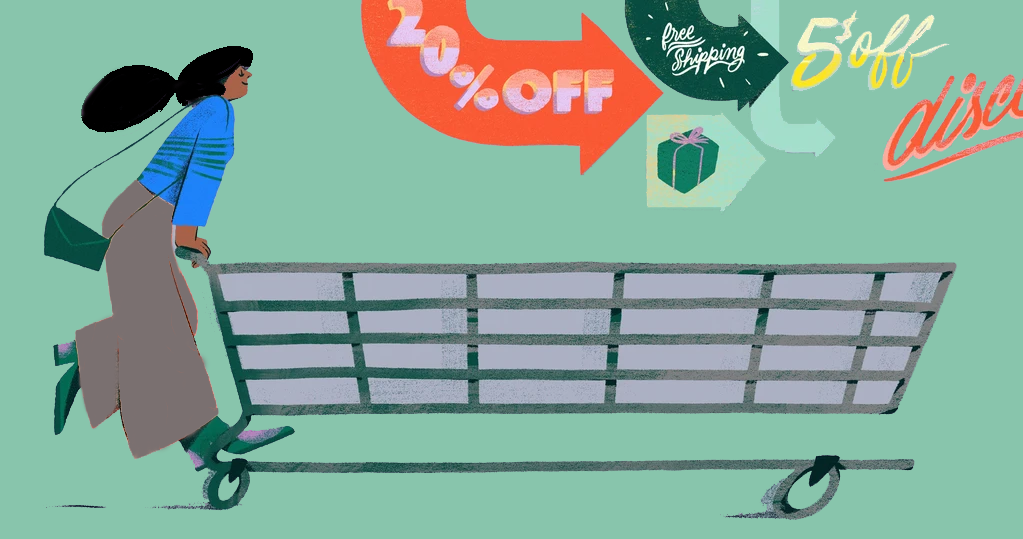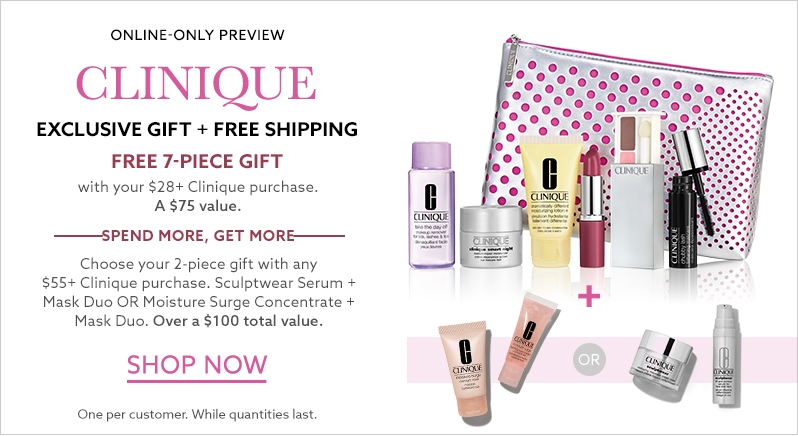
5. Personalize your promotion and discount
Someone who already bought your product doesn’t need to be notified you are running a discount. You also might want to send different promotions to different people. For example, if a customer has been on your email list for a year and never purchased anything, you might want to send them a really juicy offer to get them to buy. Someone who just signed up for your list doesn’t need the same type of offer.
6. Do smaller targeted promotions
You only want to do big public promotions a few times per year, or else you train your customers to wait for a discount to purchase. However, you can still run smaller, targeted promotions in between the larger ones.
If you have segmented your email list, you have customers in different phases of the buying cycle. You can do a promotion only for a certain segment, and send it to only them. Here are a few examples:
- Run a webinar and then send a discount only to webinar attendees.
- Email cold subscribers, or people who have cancelled with a really juicy offer to win them back.
- Do a promotion with a partner, offer a discount only to their audience.
Another idea is to discount a complementary product or service to go along with your main offering. If you normally charge $99 for a setup, give it away free or heavily discounted with a purchase for a limited time.
These smaller promotions are a great time to try something more creative than a straight discount. Offer 2 months free, we pay the tax, or free setup for a limited time. You can also include bonus items such as a complementary product, ebook, or unlocking an extra product feature.
Here’s an example of a free gift bonus from Clinique:

7. Use discount as a gateway to other products
Your customers have a lifetime value. If you know how to calculate LTV, you can determine how much you can afford to lose on the first purchase and still profit in the long run. Have you heard of a loss leader? It’s a product sold at a loss to attract customers into a store.
For example, supermarkets will sell items such as milk and eggs at less than they purchased them for to attract customers to their store. Even though they lose money on those items, they bank on customers purchasing other items such as potato chips and beer which more than make up for the loss.
If you sell multiple products, you can use a discounted item as a loss leader to get customers to buy other things from your store. Some companies do this to introduce customers to their brand, and they bank on keeping them around long enough to make a profit. For example, some companies sell a piece of software at a break-even price, then give the customer great service. A few months later, they introduce the customer to other products they sell, and make profit from those. In this way the discount is seen as the cost of customer acquisition, not an actual loss of profit.
It’s not the discount itself that cheapens your brand, it’s the way you use the discount. When used the right way, discounts can add to your bottom line in a sustainable way, without devaluing your core products.
